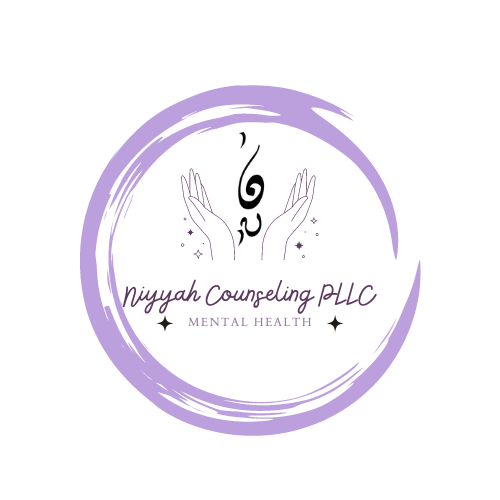Anxiety: The connection between anxiety and breathing: simple techniques to calm your mind
Anxiety: The Connection Between Breathing and a Calm Mind
Anxiety is a natural response to stress or perceived danger, but when it becomes chronic, it can interfere with daily life, affecting both mental and physical well-being. Often described as a state of excessive worry, unease, or fear, anxiety is also accompanied by physiological changes. One of the most notable changes? Altered breathing patterns.
Understanding the connection between anxiety and breathing is essential for managing it. By adopting simple breathing techniques, you can help calm your mind, regain control, and reduce the physical symptoms of anxiety. Let’s explore how anxiety affects your breath and how breath can influence your emotional state.
How Anxiety Affects Breathing
When you experience anxiety, your body activates the “fight-or-flight” response. This response is designed to protect you in dangerous situations, triggering a cascade of physiological changes, including rapid and shallow breathing (known as hyperventilation). Hyperventilation can:
- Lower carbon dioxide levels in the blood, leading to dizziness or lightheadedness.
- Cause chest tightness and a feeling of breathlessness.
- Contribute to increased heart rate and heightened muscle tension.
These physical symptoms can amplify feelings of anxiety, creating a vicious cycle of fear and discomfort. Breaking this cycle is where intentional breathing comes in.
Why Breathing Matters
Your breath acts as a bridge between your mind and body. Unlike other autonomic processes, such as your heart rate, breathing can be consciously controlled. This control allows you to influence your nervous system, shifting from a state of arousal (sympathetic dominance) to a state of relaxation (parasympathetic activation).
Intentional breathing helps:
- Slow your heart rate.
- Lower blood pressure.
- Reduce cortisol levels (the stress hormone).
- Cultivate a sense of calm and groundedness.
Simple Breathing Techniques to Calm Your Mind
Practicing breathing techniques can provide quick relief during moments of heightened anxiety. Here are a few easy and effective methods:
1. Diaphragmatic (Belly) Breathing
This technique focuses on deep breathing that engages your diaphragm rather than shallow chest breathing.
How to Practice:
- Sit or lie down in a comfortable position.
- Place one hand on your chest and the other on your belly.
- Inhale deeply through your nose, allowing your belly to rise while keeping your chest still.
- Exhale slowly through your mouth, feeling your belly fall.
- Repeat for 5–10 minutes.
Benefits: Diaphragmatic breathing slows your breathing rate, improves oxygen exchange, and encourages relaxation.
2. Box Breathing
Also known as square breathing, this technique involves holding your breath at equal intervals.
How to Practice:
- Inhale through your nose for a count of 4.
- Hold your breath for a count of 4.
- Exhale through your mouth for a count of 4.
- Hold your breath again for a count of 4.
- Repeat the cycle for 3–5 minutes.
Benefits: Box breathing promotes focus, reduces stress, and enhances mental clarity.
3. 4-7-8 Breathing
This technique is great for relaxation and improving sleep.
How to Practice:
- Inhale deeply through your nose for a count of 4.
- Hold your breath for a count of 7.
- Exhale slowly and completely through your mouth for a count of 8.
- Repeat the cycle 4 times.
Benefits: 4-7-8 breathing activates the parasympathetic nervous system and reduces feelings of anxiety.
Making Breathing a Habit
Breathing techniques are most effective when practiced regularly. Consider incorporating them into your daily routine:
- Start your day with 5 minutes of diaphragmatic breathing.
- Use box breathing during work breaks to stay focused.
- End your day with 4-7-8 breathing to unwind before bed.
Creating a habit of mindful breathing builds resilience to stress and enhances overall mental health.
Final Thoughts
Anxiety can feel overwhelming, but you have tools within you to manage it—starting with your breath. The connection between anxiety and breathing highlights the power of this simple yet profound practice. By intentionally focusing on your breath, you can calm your mind, ease physical discomfort, and regain a sense of control over your emotions.
At Niyyah Counseling PLLC, we are committed to helping you build a toolbox of strategies to navigate anxiety. Breathing exercises are just one part of a holistic approach to mental well-being. Reach out to us to explore more personalized techniques and support on your journey to peace and balance.
Remember, progress takes practice. Breathe deep, and take it one moment at a time.
